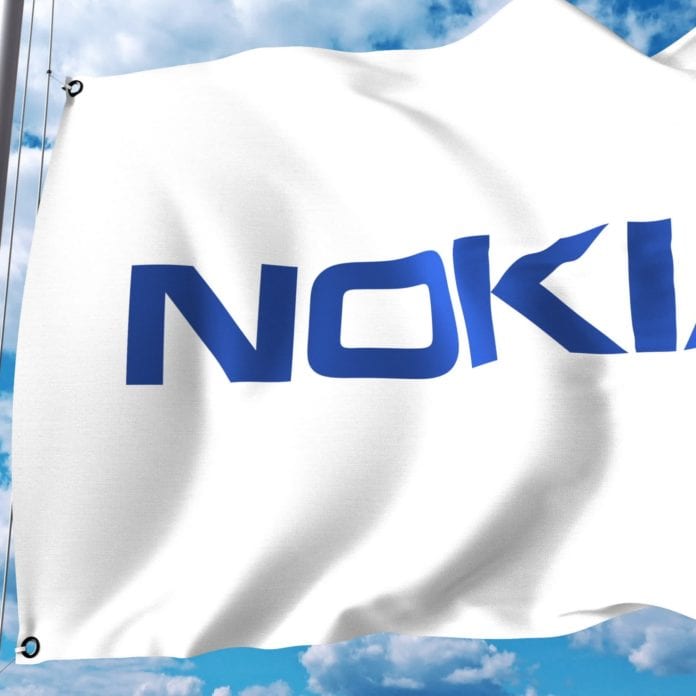The 5G Standalone network will use the 3.5 GHz spectrum band
The joint venture between Singapore’s M1 and Starhub, Antina, has selected Nokia to support the establishment of a 5G standalone (SA) Radio Access Network (RAN) Sharing network. According to Nokia, the network, which is being called the first of its kind in South East Asia, will introduce “game-changing ultra-high speed, low-latency and [and] enable new use cases across entertainment, cloud gaming, transportation, education and healthcare.”
Operators across the global appear to be making significant progress in the transition from Non-Standalone (NSA) 5G mode, in which 5G network availability is dependent on the underlying LTE network, to Standalone 5G mode. SA 5G eliminates dependency on 4G by enabling carriers to augment their network capabilities with a simpler architecture, and at the same time, improves network speed and simplifies mobility management.
In Singapore, equipment from Nokia’s AirScale portfolio and CloudRAN solution will be used to build the RAN for Antina’s 5G SA infrastructure, utilizing the 3.5 GHz spectrum band. Radio access products, like 5G base stations and small cells solution for indoor coverage, will also be supplied by Nokia.
The CloudRAN solution will enable Antina to build a more agile business, meet new traffic demands, make better use of spectrum and optimize performance and mitigate costs, according to Nokia. Finally, Antina will be leveraging Nokia’s NetAct network management, CloudBand Application Manager and CloudBand Infrastructure Software.
In January, Nokia entered a partnership with one half of Antina — M1 — to deploy the vendor’s cloud-native core software in the carrier’s network to better prepare it Singapore’s 5G Standalone network launch.
“With Nokia’s 5G standalone Core integrated into our 5G network, we are well positioned to harness the endless possibilities that 5G standalone can bring about,” Manjot Singh Mann, M1’s CEO, had said. “Being at the forefront of 5G standalone use cases development, we are excited to leverage 5G standalone’s low-latency, as well as its responsive, secured and high-throughput mobile connectivity to deliver high performance and reliable 5G services for our consumers and enterprises, as well as play a pivotal role in Singapore’s Smart Nation digital transformation journey.”

